


Plastic dryer balls have gained popularity as an eco-friendly alternative to traditional dryer sheets. These small, round balls are designed to reduce wrinkles, soften clothes, and speed up drying time. But can you put plastic dryer balls in the washing machine? Let’s find out!
Plastic dryer balls are typically used in the dryer to help separate clothes and improve airflow, but they can also be used in the washing machine. Just like in the dryer, these balls work by agitating the clothes and increasing water movement, resulting in cleaner and fresher-smelling laundry.
When using plastic dryer balls in the washing machine, it’s best to place them in a mesh bag or pillowcase to prevent them from getting stuck in the drum or damaging the machine. Simply add them to the load of laundry, along with your detergent, and let the machine do its job. The plastic balls will help to scrub away dirt and grime, leaving your clothes cleaner and looking their best.
However, it’s worth noting that plastic dryer balls may not be suitable for all types of laundry. Delicate fabrics, such as silk or wool, may be too fragile for the agitation caused by the plastic balls. In these cases, it’s best to stick to traditional washing methods. Additionally, if you have a front-loading washing machine, it’s important to check the manufacturer’s guidelines before using plastic balls, as they may not be recommended for use in these machines.
So, can you put plastic dryer balls in the washing machine? Yes, you can! Just remember to use a mesh bag or pillowcase to protect your machine and delicate fabrics, and always check your washing machine’s instructions for compatibility. With plastic dryer balls, you can enjoy cleaner and fresher laundry without the use of harsh chemicals. Give them a try and discover the benefits for yourself!
The Truth About Using Plastic Dryer Balls in the Washing Machine
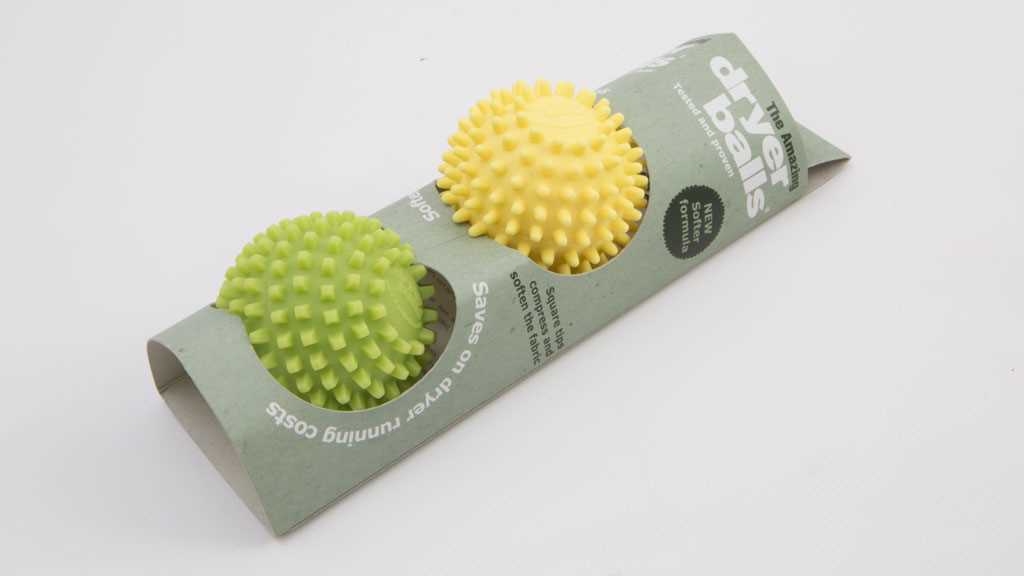
Plastic dryer balls have become a popular laundry accessory for their ability to reduce drying time, soften clothes, and prevent static cling. However, when it comes to using plastic dryer balls in the washing machine, there are a few important facts to consider.
1. Compatibility with Washing Machines:
Plastic dryer balls are designed to be used specifically in dryers, not in washing machines. While they may withstand the washing machine cycle, their effectiveness may be greatly diminished. The agitation and high water level in the washing machine can cause them to move around and not provide the desired results.
2. Potential Damage to Washing Machine:
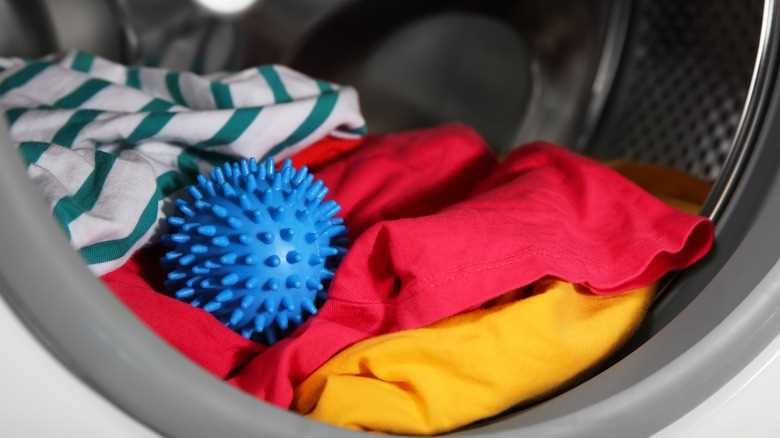
Using plastic dryer balls in the washing machine can also pose risks of damage to the machine itself. The constant movement and bouncing of the balls may cause them to hit the drum or other components, potentially causing damage or disruption to the washing machine’s operation.
3. Limited Benefits in the Washing Machine:
Unlike when used in the dryer, the benefits of using plastic dryer balls in the washing machine are minimal. They may slightly agitate the clothes and aid in the distribution of detergent, but they do not offer significant improvements in cleaning or stain removal.
4. Alternative Options:
If you are looking for ways to enhance your washing machine’s performance, there are alternative options to consider. Using fabric softener, vinegar, or laundry boosters specifically designed for the washing machine are more suitable choices to achieve soft and well-cleaned clothes.
Conclusion:
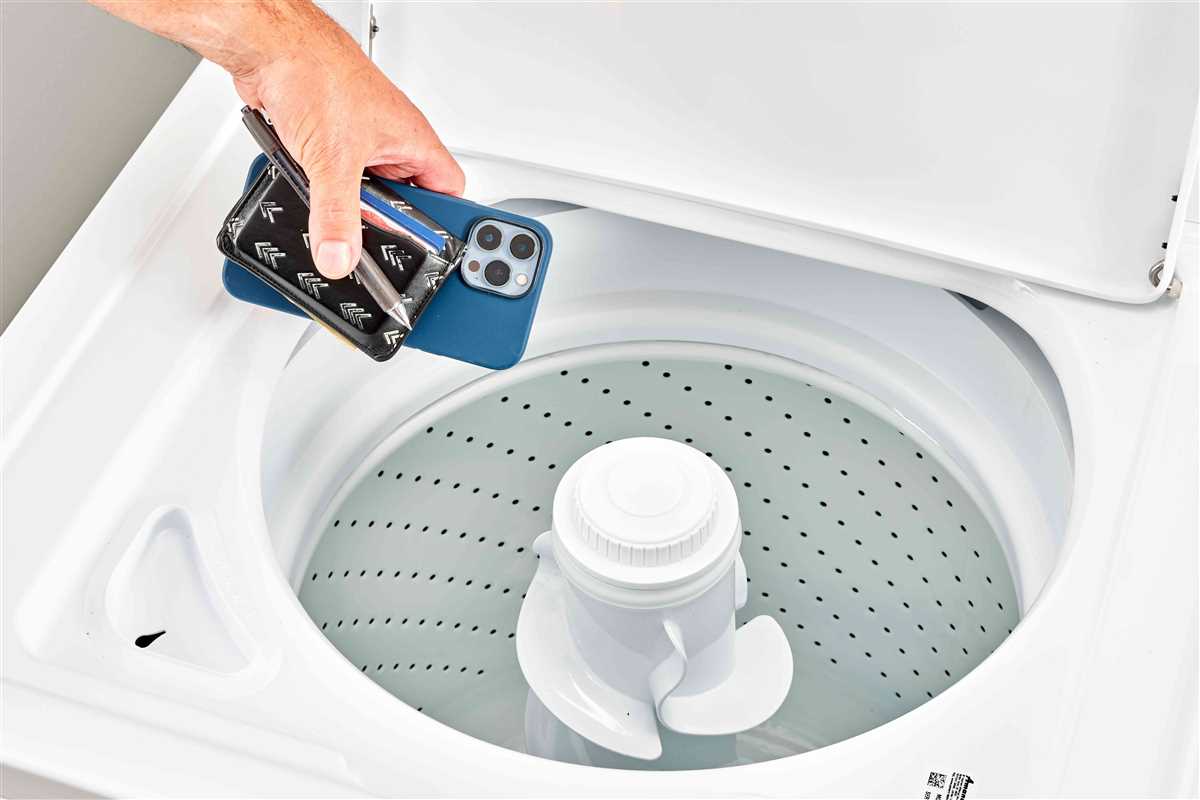
While plastic dryer balls are a great addition to the drying process, it is not recommended to use them in the washing machine. Their compatibility and effectiveness are better suited for the dryer, where they can help reduce drying time and eliminate static cling. To ensure optimal results when using plastic dryer balls, it is best to follow the manufacturer’s instructions and use them only in the dryer.
Understanding the role of plastic dryer balls
Plastic dryer balls are a popular laundry accessory used in dryers to help reduce drying time, soften fabrics, and prevent static cling. These small, plastic balls are designed to create space between clothes, allowing hot air to circulate more efficiently and evenly distribute heat.
One of the main benefits of using plastic dryer balls is that they help to reduce drying time. The balls bounce around in the dryer, creating agitation, which helps to break up clumps of wet fabric and increase airflow. This results in faster drying times, saving both time and energy. Some studies have shown that using plastic dryer balls can reduce drying time by up to 25%.
In addition to reducing drying time, plastic dryer balls also help to soften fabrics. As they bounce around in the dryer, the balls gently massage the fabric, helping to fluff it up and reduce stiffness. This can be particularly beneficial for towels and other items that tend to become stiff and rough after washing.
Another advantage of using plastic dryer balls is their ability to prevent static cling. Static electricity can build up in the dryer, causing clothes to cling together and creating an annoying and uncomfortable static cling. The plastic dryer balls help to minimize static by separating the clothes and preventing them from rubbing against each other.
Plastic dryer balls are a reusable and eco-friendly alternative to traditional dryer sheets. Dryer sheets are often made from synthetic materials and are typically discarded after one use. In contrast, plastic dryer balls can be used for hundreds of cycles before needing to be replaced. This not only reduces waste but also saves money in the long run.
It’s important to note that plastic dryer balls are not suitable for use in the washing machine. They are specifically designed for use in the dryer, where they can move freely and provide the desired benefits. Using plastic dryer balls in the washing machine may cause damage to both the balls and the machine itself.
In conclusion, plastic dryer balls play a crucial role in reducing drying time, softening fabrics, and preventing static cling. They provide a reusable and eco-friendly alternative to traditional dryer sheets. However, it’s important to use them only in the dryer and not in the washing machine to avoid any potential damage.
Exploring the potential risks of washing plastic dryer balls
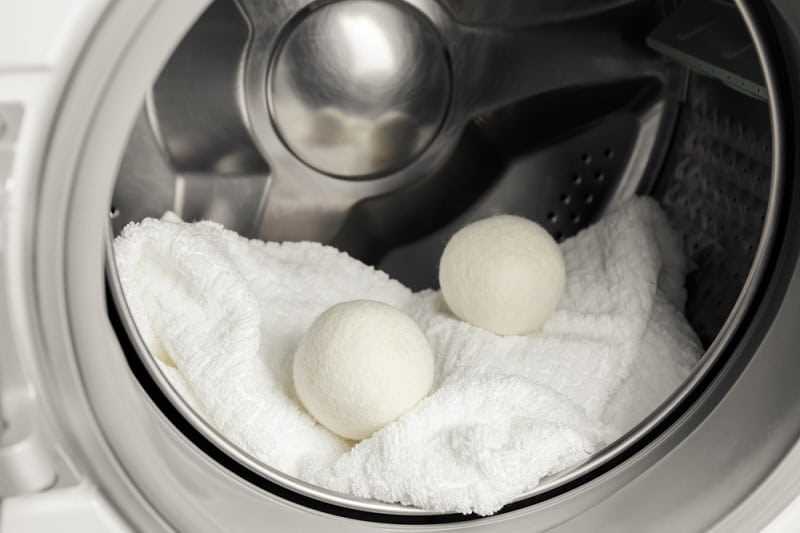
Plastic dryer balls have become a popular alternative to traditional dryer sheets, as they claim to reduce drying time and remove static from clothes. However, there are some potential risks associated with washing plastic dryer balls that should be considered.
Potential release of microplastics
One of the main concerns with washing plastic dryer balls is the potential release of microplastics into the water system. When the balls are agitated in the washing machine, small particles of plastic can break off and enter the water supply. These microplastics can be harmful to aquatic life and have been found in various water sources.
Damage to the washing machine
Washing plastic dryer balls in the washing machine may also pose a risk to the machine itself. The constant agitation and friction between the balls and the drum could cause damage to the washing machine’s components, potentially leading to costly repairs or the need for a replacement.
Ineffectiveness of the balls
Another potential risk of washing plastic dryer balls is that they may become less effective over time. The balls can accumulate lint, debris, and dirt from the clothes, which can reduce their ability to separate and fluff the laundry. This can result in longer drying times and reduced efficiency compared to when the balls are clean.
Recommendations
To minimize the potential risks associated with washing plastic dryer balls, it is recommended to:
- Check the manufacturer’s instructions: Some plastic dryer balls may have specific recommendations for washing or may not be suitable for machine washing at all.
- Use a laundry bag: Placing the dryer balls in a laundry bag during the wash cycle can help to reduce the risk of damage to the washing machine and minimize the release of microplastics.
- Clean the balls regularly: To maintain their effectiveness, it is important to clean the plastic dryer balls regularly. This can be done by wiping them with a damp cloth or soaking them in warm soapy water.
By being aware of the potential risks and taking appropriate precautions, it is possible to continue using plastic dryer balls in the washing machine while minimizing their negative impact.
The effects of washing plastic dryer balls on the washing machine
Washing plastic dryer balls in the washing machine can have several effects on the machine itself. While plastic dryer balls are generally safe to use in the dryer, it is not recommended to wash them in the washing machine.
Potential damage to the machine:
Plastic dryer balls can cause damage to the washing machine if they are not properly secured. They can get caught in the agitator or other moving parts of the machine, leading to mechanical issues. The plastic material of the dryer balls can also scratch the inside of the washing machine drum or cause other forms of damage.
Uneven load distribution:
When plastic dryer balls are washed in the machine, they can disrupt the balance of the load. This can lead to the machine becoming unbalanced during the wash cycle, causing it to shake or vibrate excessively. This can not only be loud and annoying but may also affect the overall performance and longevity of the machine.
Potential clogs:
Plastic dryer balls may break apart or shed fibers during the washing machine cycle. These small plastic pieces or fibers can potentially clog the machine’s drain or filters. This can result in drainage problems or reduced water flow, affecting the machine’s efficiency and requiring maintenance or repairs.
Recommendations:
To avoid potential damage to the washing machine, it is best to remove plastic dryer balls before washing. However, if you accidentally wash them or want to clean them, it is recommended to do so by hand using mild soap and warm water. This will minimize the risk of damage to the machine and ensure the longevity of both the machine and the dryer balls.
Note:
Always refer to the manufacturer’s instructions for both the washing machine and the plastic dryer balls for specific guidelines on usage and care. Following these guidelines will help to maintain the efficiency and performance of both the machine and the dryer balls.
Alternative options for drying clothes
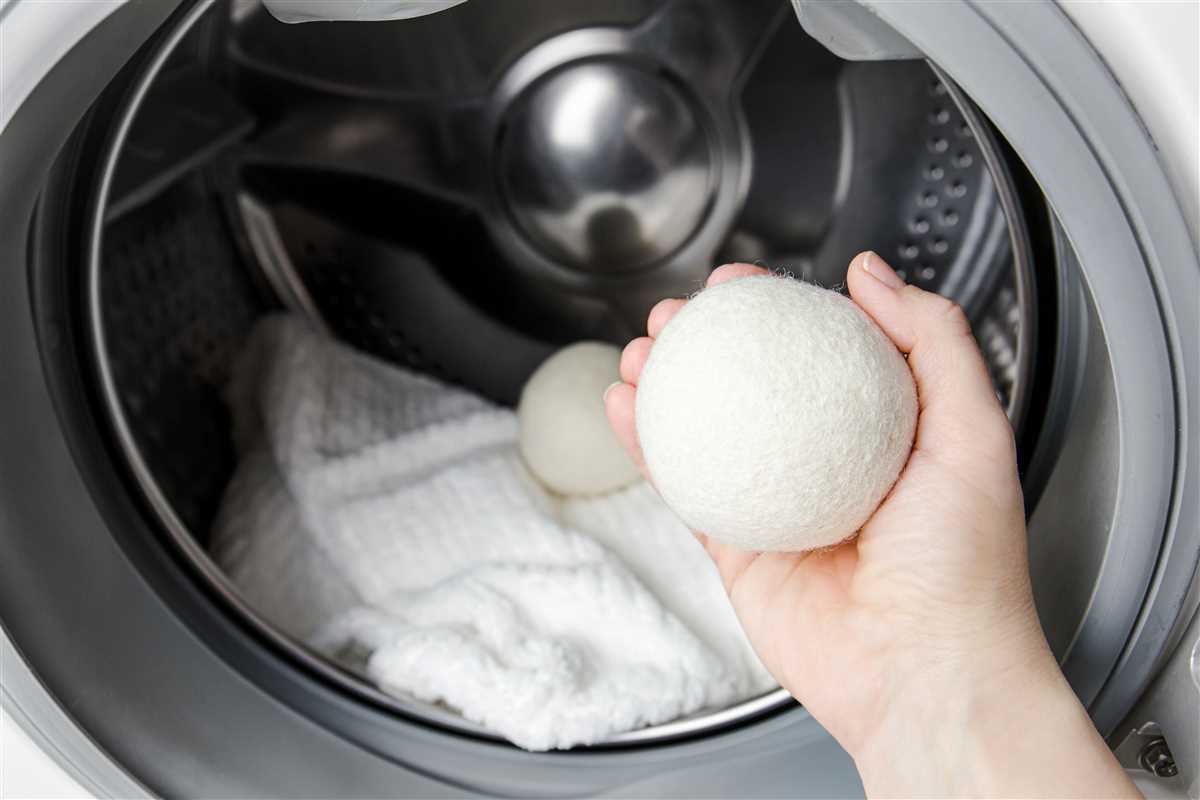
1. Air drying
Air drying is one of the most energy-efficient and environmentally friendly options for drying clothes. All you need is a clothesline or a drying rack to hang your wet clothes. This method not only saves energy but also helps to preserve the longevity of your clothes. Additionally, hanging your clothes in the fresh air can give them a pleasant scent.
2. Tumble drying
Tumble drying is a common method of drying clothes using a machine. It involves placing your wet clothes in a rotating drum that blows hot air through them. While this method is convenient and can be faster than air drying, it may cause shrinkage or damage to more delicate fabrics. It is important to check the garment’s care label before tumble drying.
3. Drying racks
Drying racks are a versatile and space-saving option for drying clothes indoors. They come in various designs, such as foldable racks, wall-mounted racks, or ceiling-mounted racks. Drying racks allow you to air dry your clothes indoors without taking up too much space.
4. Spin drying
Spin drying is a technique commonly used in washing machines that removes excess water from clothes before they are air or tumble dried. Most modern washing machines have a spin cycle that spins the clothes at high speed, forcing out the water. This can reduce the drying time and save energy when using other drying methods.
5. Dry cleaning
Dry cleaning is a professional service that uses solvents instead of water to clean and dry clothes. This method is suitable for delicate fabrics or garments that require special care. Dry cleaning can be more expensive than other methods but is a good option for items that may not withstand traditional washing or drying methods.
6. Radiator drying
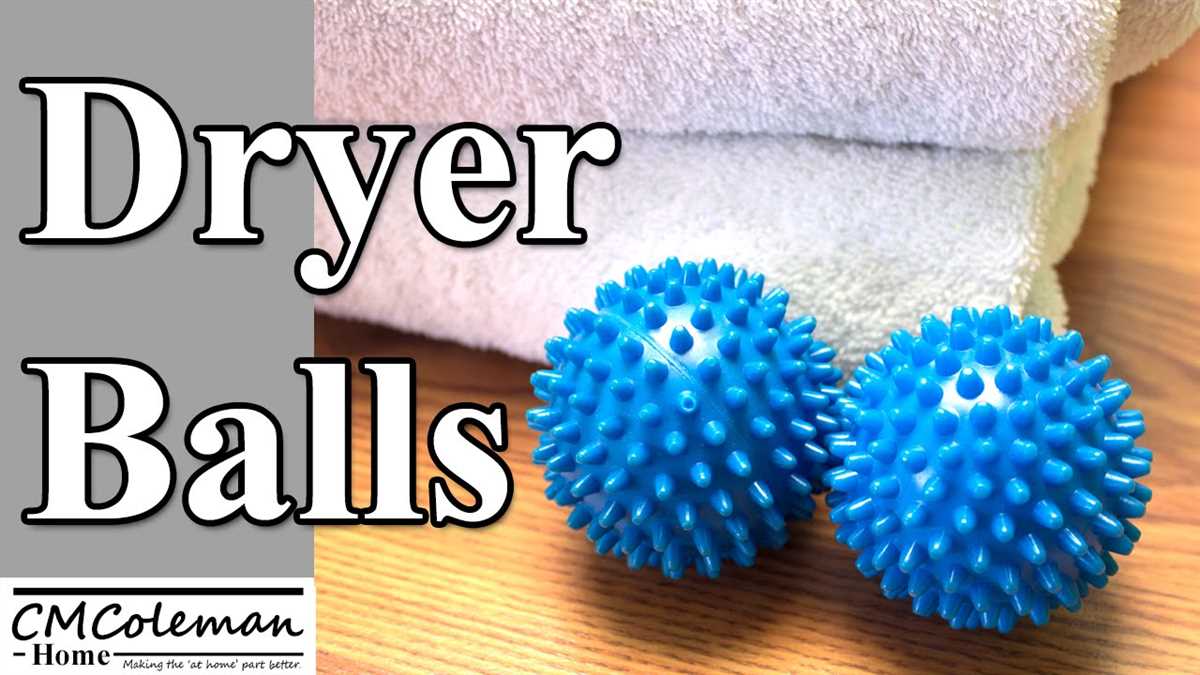
Radiator drying involves placing wet clothes on or near a hot radiator to speed up the drying process. It is a simple and inexpensive method, but it can cause the clothes to lose their shape or become wrinkled. It is important to keep an eye on the clothes and rotate them regularly for even drying.
| Method | Advantages | Disadvantages |
|---|---|---|
| Air drying | – Energy-efficient – Eco-friendly – Preserves fabric longevity |
– Longer drying time – Weather-dependent |
| Tumble drying | – Convenient – Fast drying |
– May cause shrinkage or damage delicate fabrics – Uses more energy |
| Drying racks | – Space-saving – Versatile |
– Longer drying time – Limited capacity |
| Spin drying | – Reduces drying time – Saves energy |
– Requires additional drying method – May not remove all moisture |
| Dry cleaning | – Suitable for delicate fabrics – Professional care |
– More expensive – Chemical solvents |
| Radiator drying | – Quick drying – Inexpensive |
– Can cause clothes to lose shape or become wrinkled – Requires regular monitoring |
Choosing the right drying method depends on your preferences, time constraints, and the type of clothes you need to dry. Consider the advantages and disadvantages of each option to find the best method for your needs.
FAQ
Can I put plastic dryer balls in the washing machine?
No, it is not recommended to put plastic dryer balls in the washing machine. Plastic dryer balls are designed to be used in the dryer, not the washing machine. They can get damaged or disintegrate in the washing machine.
What are plastic dryer balls made of?
Plastic dryer balls are typically made of a non-toxic, BPA-free plastic material. They are designed to be durable and reusable. The plastic material helps to soften clothes, reduce wrinkles, and decrease drying time.
Can I use plastic dryer balls with delicate fabrics?
It is not recommended to use plastic dryer balls with delicate fabrics. Plastic dryer balls can be too harsh on delicate fabrics and may cause damage or pilling. It is best to follow the care instructions and drying recommendations for delicate fabrics.
How do I clean plastic dryer balls?
To clean plastic dryer balls, simply wipe them with a damp cloth or sponge. Avoid using any harsh cleaners or abrasive materials, as they can damage the plastic balls. Allow the dryer balls to air dry before using them again.












